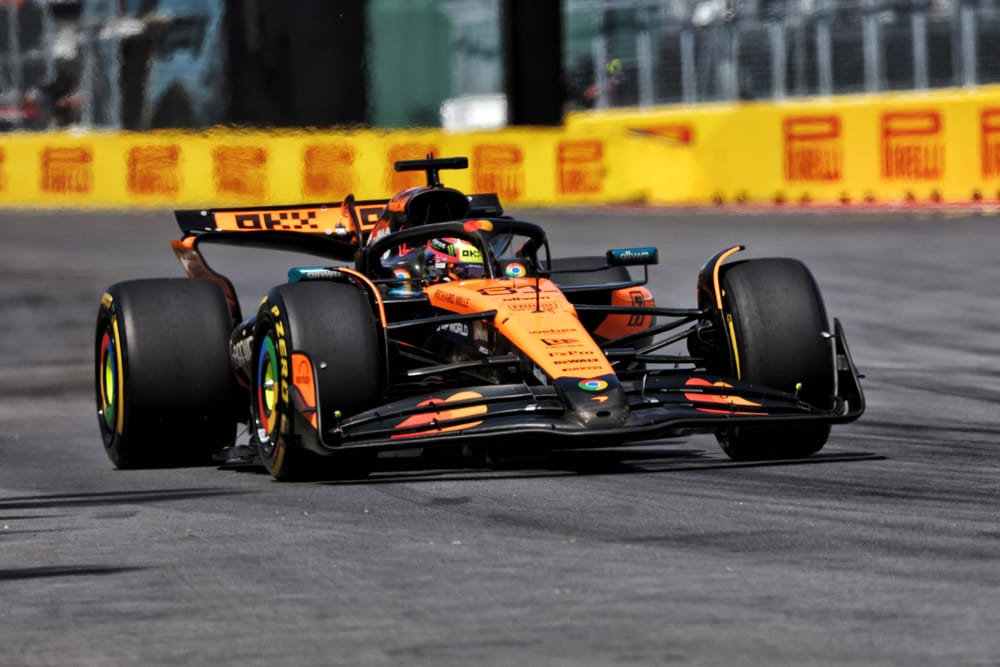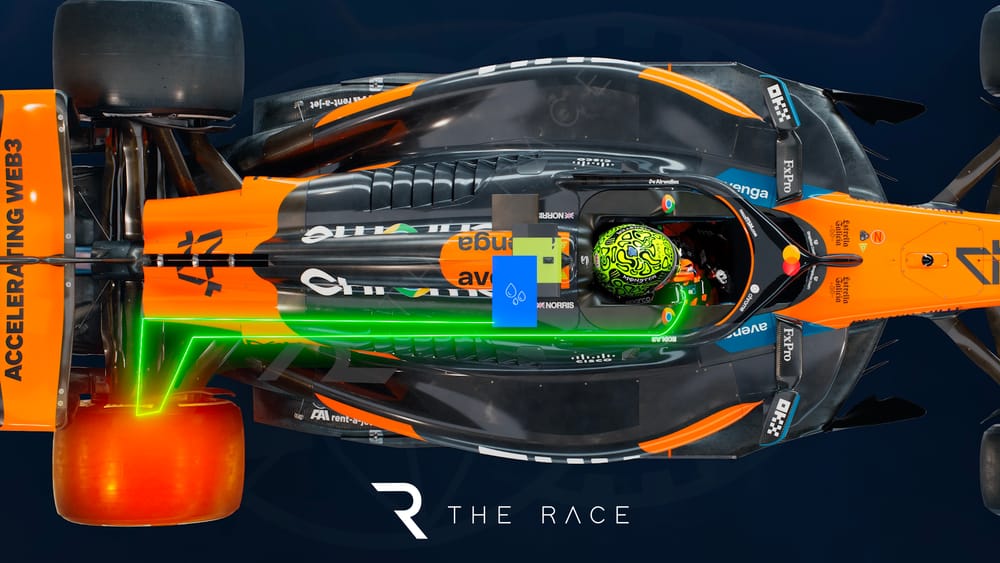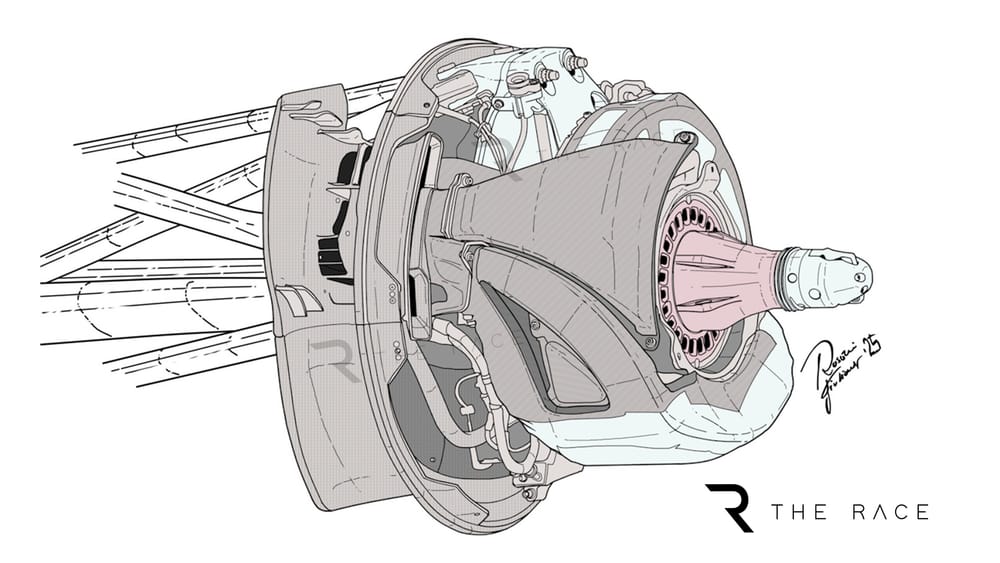When tweaked 2026 Formula 1 technical regulations appeared recently which explicitly banned any tyre cooling tricks, it inevitably prompted intrigue about whether this was aimed at McLaren.
After all, F1’s current benchmark squad has held an advantage all season in being better at managing its rear tyre temperatures, and there has been plenty of interest about whether it could have found a grey area in the rules it has managed to exploit.
So if the FIA has chosen to act and tighten up some wording, it would be logical to suggest that this could have involved something McLaren had been doing that the governing body wanted stamping out.
However, according to sources with good knowledge of the situation, the decision by the FIA to respond to one of this season’s hottest technical controversies has nothing to do with McLaren.
Instead, it has been done in response to fears that some of McLaren’s rivals have been probing the current regulations so much to try to find loopholes that, if things were not altered for 2026, there was a risk of it opening an expensive development war with the potential for things to get out of hand.
Just how much some rivals were attempting to unlock some tricks through ambiguity in the phrasing of current regulations was rammed home when Red Bull wrote a lengthy letter to the FIA earlier in the year proposing a host of wild ideas to help cool tyres – one of which included using water from the drivers’ drinks bottles.
Almost all of Red Bull's ideas were rejected as being in breach of the rules, but it is understood the letter served as the catalyst for the FIA to start work on tightening things up to prevent any teams pushing even harder on this front for trick systems in 2026.
This was something the FIA did not want to risk happening, which is why it worked on the revisions that have now been published and which were approved by teams when discussed at Technical Advisory Committee level.
Clearer wording
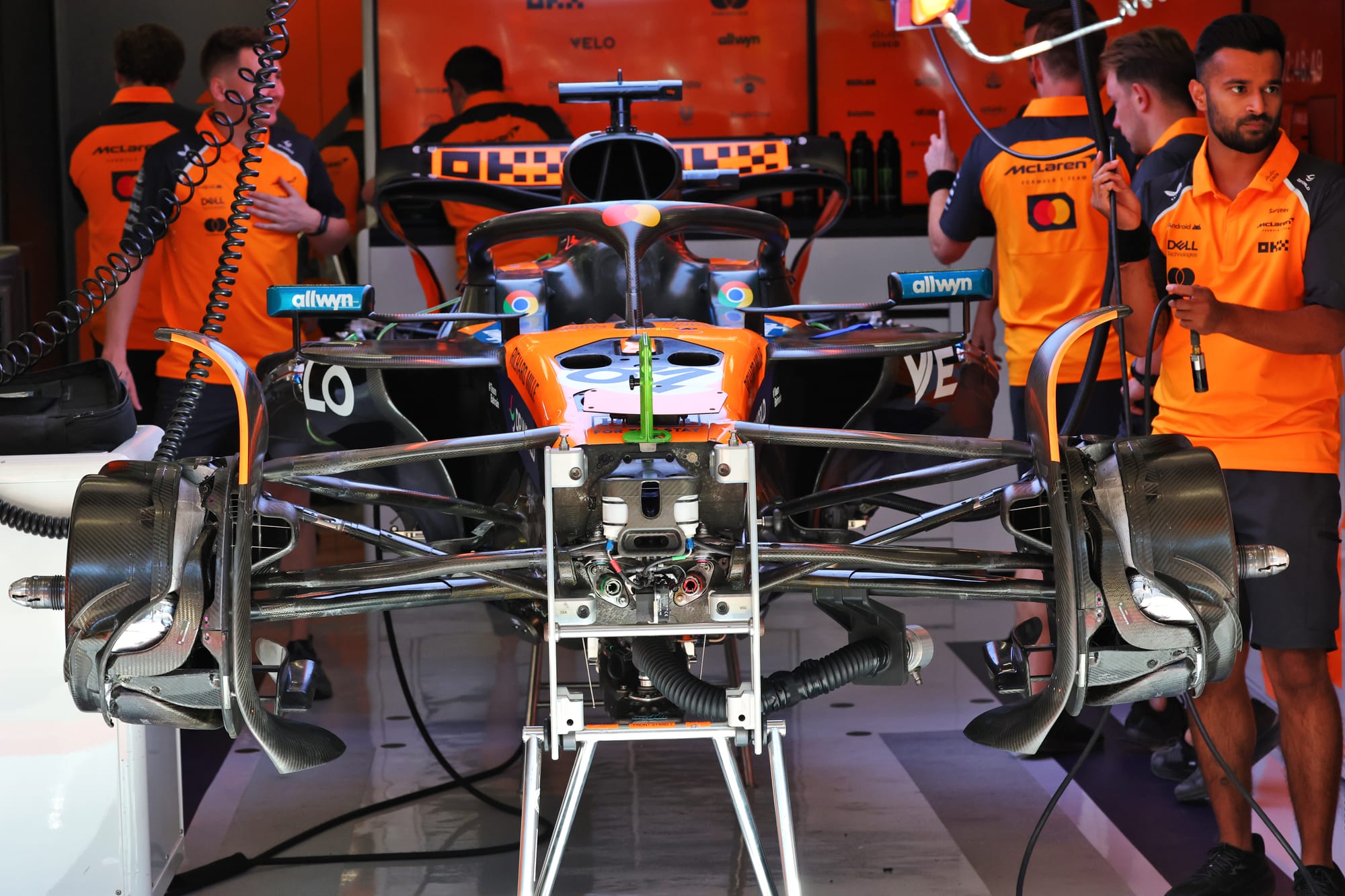
One of the key ways that the FIA felt that potential tricks for next year could be cut off was to make some of the wording of the rules much more definitive – more simply worded to close off where areas of performance could be exploited.
This included a revised Article 10.8.3 of the technical regulations relating to tyre treatment that now outlaws any device or procedure beyond driving the car that helps “cool” the “wheels, hubs or brakes”.
The specific “cool” word is absent from the 2025 rules, where the only reference regarding keeping temperatures under control outlaws ways that could be used to “maintain” things.
This new catch-all regulation wording - and especially the enhanced scope to include "wheels, hubs or brakes" - is wide enough to effectively outlaw any complicated designs that could have been deployed.
Any trick that involved the use of airflow potentially being channelled through suspension covers has also been ruled out with a new Article 3.17.1.
This states that suspension fairings “must be internally sealed to prevent any internal airflow”.
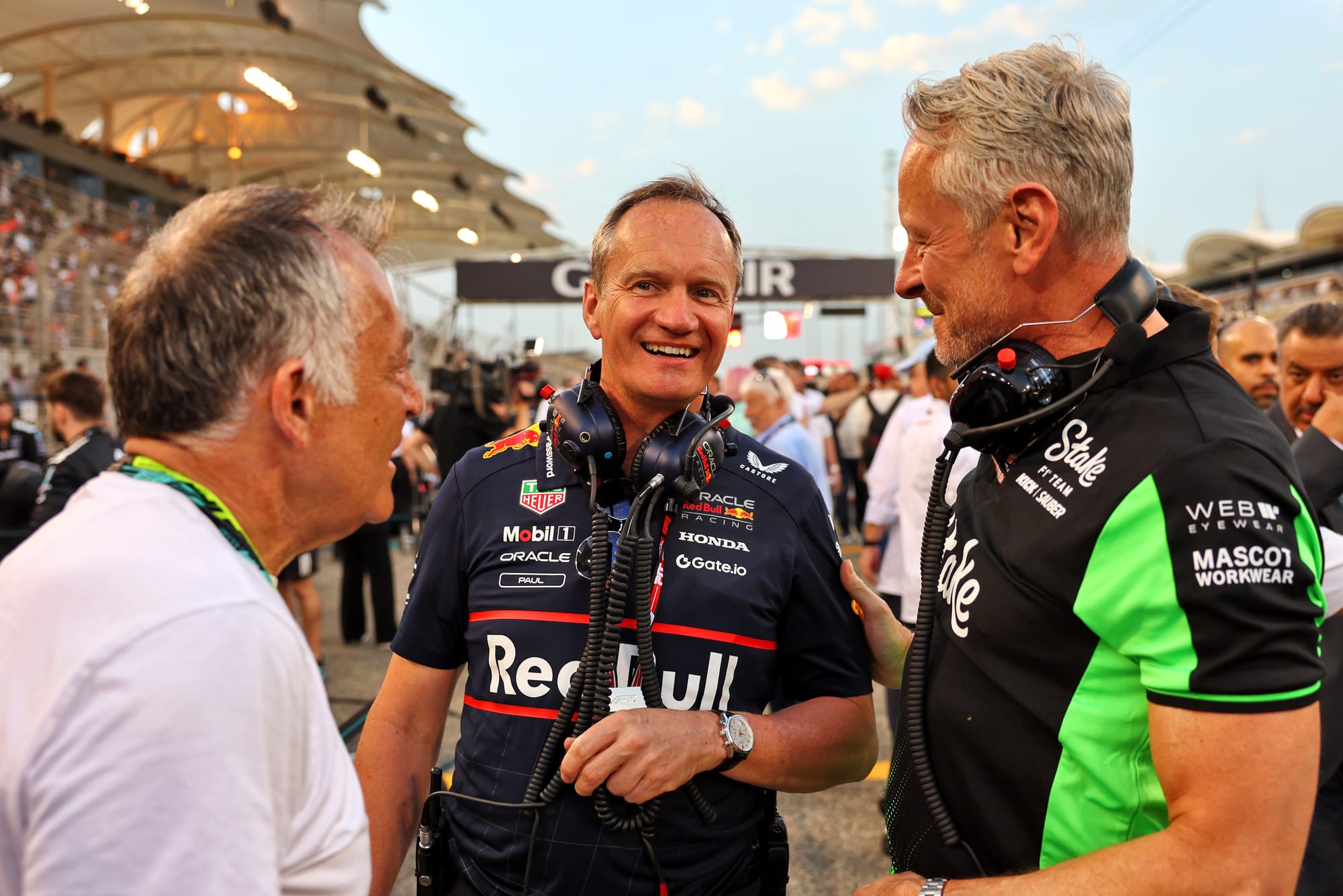
Red Bull chief engineer Paul Monaghan explained recently that he welcomed the move to close up any potential loopholes – as it made things much clearer for all teams.
“There's been some refinement which applies currently and has been carried into the next regulations to say [for example] you can't, when it's in the garage with a fan trying to cool the brakes, deliberately heat or cool a wheel,” he said. “Fine, I don't mind that.
“So if loopholes are being closed, it should be inconsequential because the intent was always there. But we can't be policed on intent. So if the understanding and therefore application of the rules is common to all 10 of us, then I am happy with that.”
The FIA has looked at McLaren's wheel assembly design several times this year, including a detailed inspection after the Miami Grand Prix, and has deemed it legal at all times.
Sources have been clear that the governing body deems its design to be “clever”, with it understood that the changes to the 2026 regulations will not prevent it continuing to run its concept next year if it chooses.


